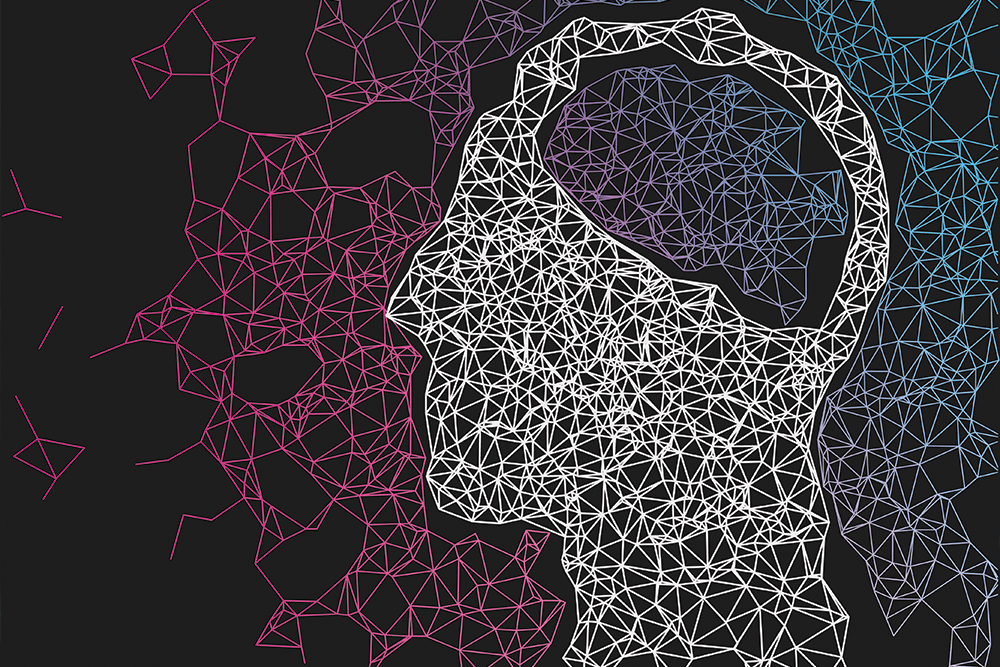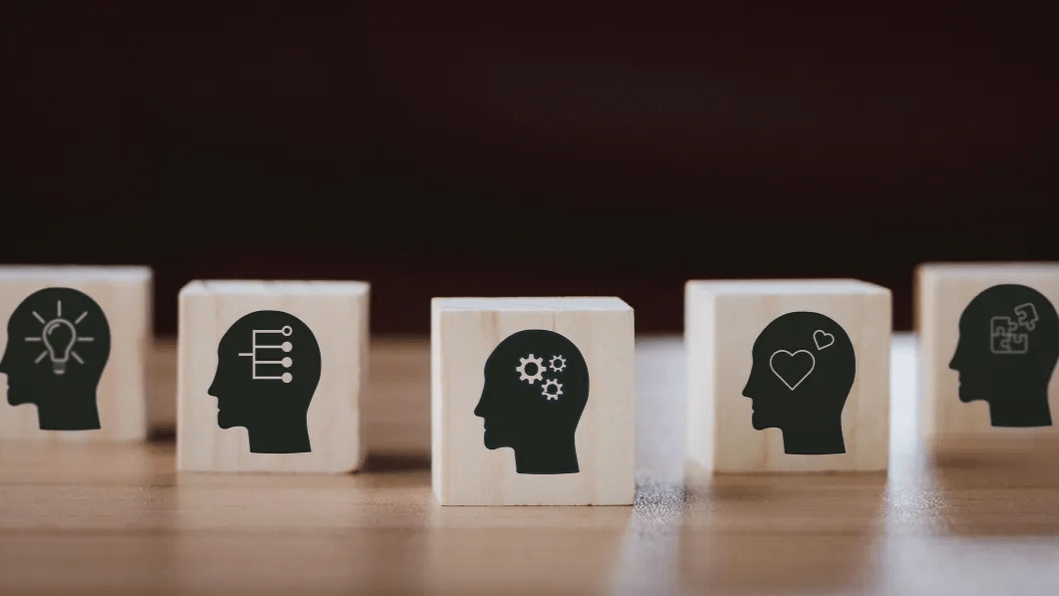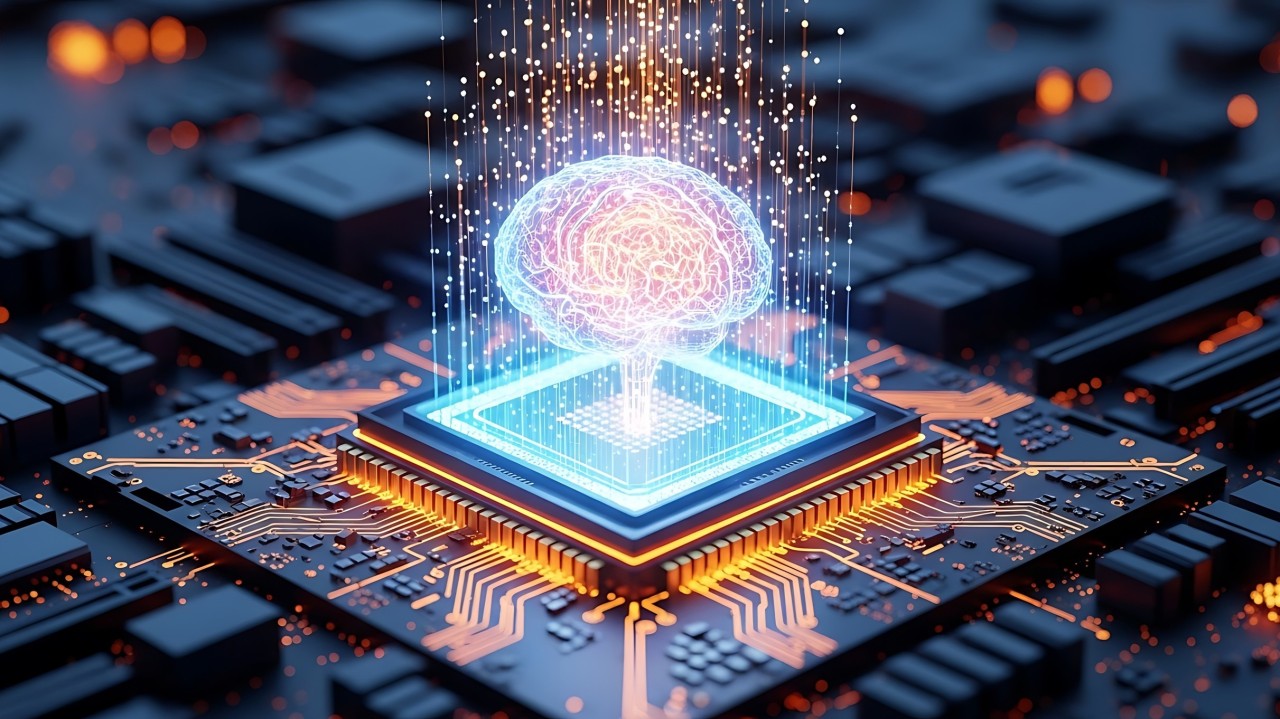Deep Learning Vs Neural Networks – What’s The Difference?
2 July 2021
Big Data and artificial intelligence (AI) have brought many advantages to businesses in recent years. But with these advances comes a raft of new terminology that we all have to get to grips with. As a result, some business users are left unsure of the difference between terms, or use terms with different meanings interchangeably.

‘Neural networks’ and ‘deep learning’ are two such terms that I’ve noticed people using interchangeably, even though there’s a difference between the two. Therefore, in this article, I define both neural networks and deep learning, and look at how they differ.
What is a neural network?
AI may have come on in leaps and bounds in the last few years, but we’re still some way from truly intelligent machines – machines that can reason and make decisions like humans. Artificial neural networks (ANNs for short) may provide the answer to this.
Human brains are made up of connected networks of neurons. ANNs seek to simulate these networks and get computers to act like interconnected brain cells, so that they can learn and make decisions in a more humanlike manner.
Different parts of the human brain are responsible for processing different pieces of information, and these parts of the brain are arranged hierarchically, or in layers. In this way, as information comes into the brain, each level of neurons processes the information, provides insight, and passes the information to the next, more senior layer. For example, your brain may process the delicious smell of pizza wafting from a street café in multiple stages: ‘I smell pizza,’ (that’s your data input) … ‘I love pizza!’ (thought) … ‘I’m going to get me some of that pizza’ (decision making) … ‘Oh, but I promised to cut out junk food’ (memory) … ‘Surely one slice won’t hurt?’ (reasoning) ‘I’m doing it!’ (action).
It’s this layered approach to processing information and making decisions that ANNs are trying to simulate. In its simplest form, an ANN can have only three layers of neurons: the input layer (where the data enters the system), the hidden layer (where the information is processed) and the output layer (where the system decides what to do based on the data). But ANNs can get much more complex than that, and include multiple hidden layers. Whether it’s three layers or more, information flows from one layer to another, just like in the human brain.
What is deep learning?
Deep learning represents the very cutting edge of artificial intelligence (AI). Instead of teaching computers to process and learn from data (which is how machine learning works), with deep learning, the computer trains itself to process and learn from data.
This is all possible thanks to layers of ANNs. Remember that I said an ANN in its simplest form has only three layers? Well an ANN that is made up of more than three layers – i.e. an input layer, an output layer and multiple hidden layers – is called a ‘deep neural network’, and this is what underpins deep learning. A deep learning system is self-teaching, learning as it goes by filtering information through multiple hidden layers, in a similar way to humans.
As you can see, the two are closely connected in that one relies on the other to function. Without neural networks, there would be no deep learning.
Where to go from here
If you would like to know more about deep learning, machine learning, AI and Big Data, check out my articles on:
- What Is Deep Learning AI? A Simple Guide With 8 Practical Examples
- What is the Difference Between Artificial Intelligence and Machine Learning?
- How Do You Know When and Where to Apply Deep Learning?
- What is the Difference Between Data Mining and Machine Learning?
Or browse other related articles.
Related Articles
10 Critical Skills Every Leader Must Master In 2026
By now, “smart” versions exist of just about every home appliance, gadget and gizmos we can think of. However, manufacturers continue[...]
7 E-Commerce Trends That Will Transform Shopping In 2026
By now, “smart” versions exist of just about every home appliance, gadget and gizmos we can think of. However, manufacturers continue[...]
6 Critical Telecom Trends In 2026: What Industry Leaders Need To Know
By now, “smart” versions exist of just about every home appliance, gadget and gizmos we can think of. However, manufacturers continue[...]
Flying Taxis And Self-Driving Trucks Arrive In 2026: 6 Transport Trends To Watch
By now, “smart” versions exist of just about every home appliance, gadget and gizmos we can think of. However, manufacturers continue[...]
Technology in Action: My Key Takeaways on How AI and Quantum Are Accelerating Global Transformation
By now, “smart” versions exist of just about every home appliance, gadget and gizmos we can think of. However, manufacturers continue[...]
The 10 Biggest Consumer Technology Trends Of 2026
By now, “smart” versions exist of just about every home appliance, gadget and gizmos we can think of. However, manufacturers continue[...]
Sign up to Stay in Touch!
Bernard Marr is a world-renowned futurist, influencer and thought leader in the fields of business and technology, with a passion for using technology for the good of humanity.
He is a best-selling author of over 20 books, writes a regular column for Forbes and advises and coaches many of the world’s best-known organisations.
He has a combined following of 4 million people across his social media channels and newsletters and was ranked by LinkedIn as one of the top 5 business influencers in the world.
Bernard’s latest book is ‘Generative AI in Practice’.










Social Media